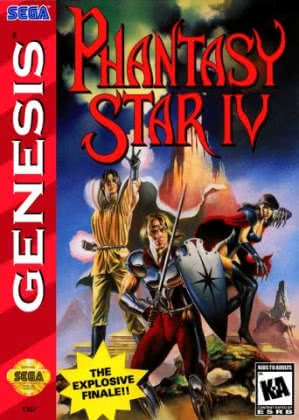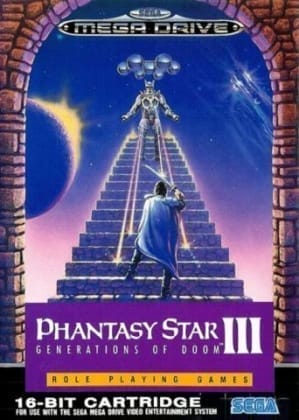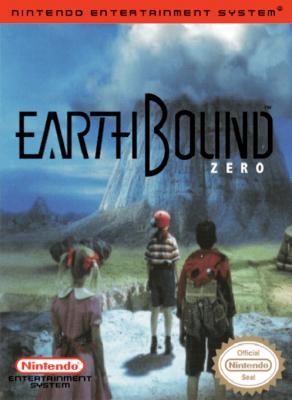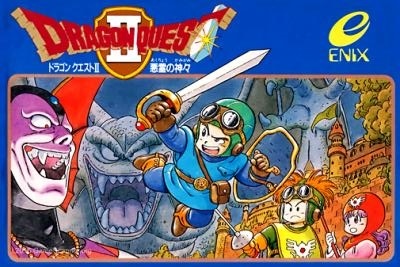
Phantasy Star II
Phantasy Star II is a groundbreaking JRPG released for the Sega Genesis in 1989. Set 1,000 years after the original, the game follows hunter Rolf and his party as they investigate a catastrophic failure of the planetary climate control system. Notable for its sci-fi narrative, first-person dungeons, and emotional character arcs, it pushed technical boundaries with its 6Mb cartridge - the largest Genesis game at launch.
Controls
About This Game
The game introduced an innovative auto-map feature for its complex 3D dungeons, along with a party-based combat system with up to 8 character slots. Its dystopian story tackled mature themes like genetic engineering and societal collapse, rare for 16-bit RPGs.
Phantasy Star II was one of the first console RPGs with a dedicated save system (using battery backup) rather than password saves. The soundtrack by Tokuhiko Uwabo pioneered FM synthesis techniques on the Genesis.
Notorious for its high difficulty, the game included North America's first dedicated RPG hint line. The death of a major character marked one of gaming's earliest emotional narrative moments.
The game sold over 800,000 copies worldwide and influenced later JRPGs like Final Fantasy with its sci-fi setting and character-driven storytelling. A remake was included in Phantasy Star Generation 2 for PS2.
Related Games
1993
RPGPhantasy Star IV is a sci-fi RPG developed and published by Sega for the Genesis. Released in 1993, it concludes the original Phantasy Star saga with an epic story spanning the Algol star system. The game features turn-based combat with innovative combo techniques and manga-style cutscenes.
1990
RPGThis ambitious RPG features a multi-generational storyline where player choices determine bloodlines and alter the narrative across three distinct generations. Set in a floating world system, it combines traditional turn-based combat with groundbreaking marriage and inheritance mechanics.
1987
RPGThe groundbreaking JRPG that defined Sega's RPG legacy. Follow Alis on her quest to avenge her brother and overthrow the tyrannical Lassic in the Algol star system. Features first-person dungeons, animated battles, and a sci-fi/fantasy hybrid setting.
1989
RPGEarthBound, known as Mother in Japan, is a role-playing video game developed by Ape Inc. and HAL Laboratory, and published by Nintendo. The game follows Ness, a young boy with psychic abilities, and his friends as they journey across the world to collect melodies and defeat the cosmic horror Giygas.
1986
RPGThe game that defined Japanese RPGs, Dragon Quest (known as Dragon Warrior in North America initially) introduced core mechanics that became genre staples: turn-based combat, experience points, and equipment progression.
1987
RPGThe first JRPG sequel expands the adventure with three playable descendants of Erdrick. Journey across continents to defeat the malevolent Hargon in this groundbreaking title that introduced party mechanics and ship travel to the genre.





